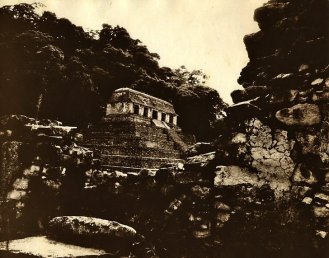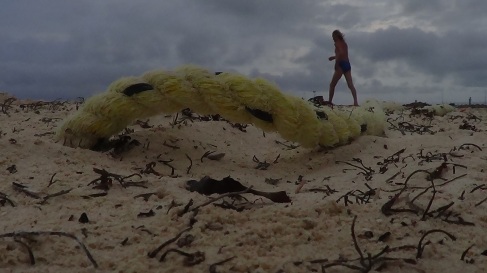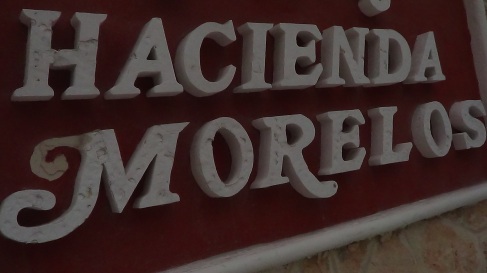“every way of seeing is also a way of not seeing”
I am what I see.
I become every detail of my surroundings—looking closer constantly, obsessively searching for patterns, meditating on the curvature of peeling paint, morphing objects by changing angles. I like how billions of people inhabit this earth and if time stopped for just one second, every single one of those people would have a different image in their visual scan. I like how no one can own the thing being looked upon.

I am hyper-aware the materials around me, and even more so when I travel. Some of the hyper-awareness comes from my unfamiliarity with the place & from paying extra attention so I don’t get lost… but mainly it is the sheer freedom to indulge in my gaze, to revel in the feeling of floating anonymously, almost invisible. It is pure ecstasy to wander alone through a strange city and feel yourself slowly disintegrate.

Loving to see also means loving the limitations of seeing. I know I will never capture the air condensing, and I know I will never capture the essence of a person in an image. I am starting to understand why some people believe taking a photograph of a person is an attempt to steal a part of their soul… photographing a stranger without asking is robbing them of their self-definition, because whatever story that photo will go on to tell will be the photographer’s story, not the subject’s. Telling a true, whole, human story is the spirit of making films, so as a filmmaker I have to take constant care to avoid voyeur. This is even more dangerous in still photography… I’ve noticed that in the past months, faces have appeared less and less in my photographs. Of course, I will take pictures of my friends and family, but we use pictures of our loved ones to celebrate our histories together, not to trap them in space and time.

But people love to take pictures of other people. A part of me wonders why that has become such a common practice, especially in tourism. Tourists take pictures of locals as if they are statues in museums. I really hate it. When I took the above photo, I had been filming the waves wash in on the shore of Puerto Morelos. The two girls approached me and started asking me questions in Spanish. I love kids so I liked talking to them even though we really couldn’t understand each other. They wanted me to take their picture… I pretty much always do whatever a kid tells me to do, but I felt vaguely guilty about the situation. I asked them what their names were, but I didn’t have anything to write with and I have already forgotten what they were. So now, like tons of other tourists, I own a picture of a face for which I have no name.


 This
This 











